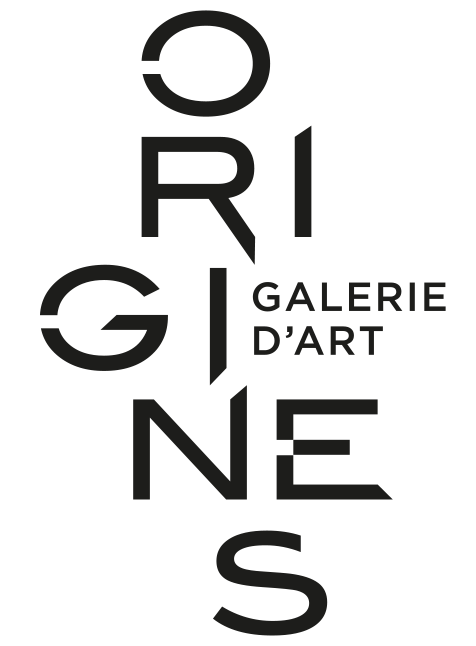SUISSE Gaston
SUISSE Gaston
Gaston Suisse was born into a family of artists. His brother was a violinist. His father Georges Suisse, a collector and bibliophile, owned more than 10,000 books, including a very fine documentation on Japanese and Chinese art, which gave him a taste for the Far East. Georges Suisse became a friend (after having been a client at first) of Samuel Bing, a great collector of Japanese art, at the origin of "Japonism".
At the age of 15, Gaston Suisse met Paul Jouve, an already famous and confirmed artist, at the Jardin des plantes. The love of animals, observation and drawing immediately brought them together and marked the beginning of a long friendship.
After graduating from the École Supérieure des Arts Décoratifs, he learned his trade as a lacquerer. A founding artist of the Art Deco period, Gaston Suisse executed furniture and objects in Chinese lacquer, decorated in an abstract and geometric style. He stayed in Algiers in 1924 for the decoration of the Alhambra, travelled through the Maghreb and brought back many sketches of animals which he used for the composition of his decorative panels that he made in his Parisian workshop.
For the Universal Exhibition of 1937 he made a set of lacquer panels 225m long and up to 6m high for the decoration of the reception room and the main staircase of the City Council of Paris in the Palais de Tokyo. All of the panels are now kept in the Museum of the 1930s in Boulogne. That same year, 1937, he was awarded the gold medal at the International Exhibition of Arts and Techniques in Modern Life for a lacquer panel called "Sea Swallows".

